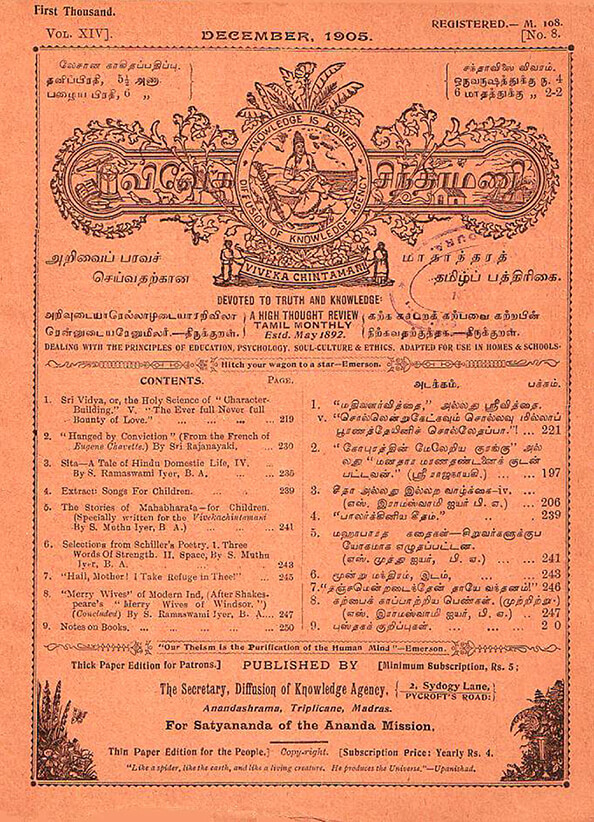Registered with the Registrar of Newspapers for India under R.N.I 53640/91
Vol. XXIX No. 21 , February 16-29, 2020
Archives: Vol. XXIX No. 21 , February 16-29, 2020
Should Auto Sector Drive the Union Budget?
by The Editor
The Union Budget has just been presented in Parliament and the various measures that it carries are being analysed in detail. One of the interesting aspects of the latter exercise is the way most analysts have approached it from the industry which they represent. Almost all of them feel that it is overall a balanced budget except for their own specific industry which could have done with some more concessions. While we hold no opinion, for or against the budget, for this is not an area of expertise for us, it is worth pondering over what would have happened had the Finance Minister accepted all the suggestions of each of the industries and provided all the concessions they had demanded.
In the chorus of laments the one from the automotive industry is perhaps the loudest. And we are addressing it here as that is a dominant player in our city. The city is one of India’s three automotive centres, the other two being Gurugram (Gurgaon that was) and Pune. There are three important clusters here – Oragadam, Maraimalai Nagar and Sriperumbudur-Irungattukottai. Chennai churns out one car every 20 seconds and one commercial vehicle every one-and-a-half minutes. Last year, the State accounted for 45 per cent of India’s vehicle exports and since the Chennai port is the biggest in Tamil Nadu, it would be safe to assume that much of the cargo left from here. However, with export markets not yet shrinking, though flat for over a year now, the worry is more the near-total collapse domestically. That is pinching Chennai, for apart from the end products it churns out, it also makes around 33 per cent of India’s auto parts.
The automotive sector has expressed its disappointment over lack of concessions to it. But the question as to what exactly is the concession that is likely to spur demand remains unanswered and indeed, there can be no correct reply to this. The slowdown is largely due to very weak consumer sentiment and that can only be rectified if banks are induced to loosen their purse strings and lend. But with bad loans and NPAs hogging the news on a daily basis it is unlikely that banks will lend all that easily. It must also not be forgotten that it is the non-banking finance companies (NBFCs) that lend the most money for vehicle purchases and with that industry in more or less a shambles owing to successive governments alternating between no and excessive controls, not much joy is forthcoming from there.
Time to End the Property Tax Mess
by A Special Correspondent
The Property tax situation in Chennai is an example of how decisions put off for political convenience complicate issues and render them intractable. The rates were not revised for twenty years. When, finally, the government raises it – working out to about a 3 per cent annual increase over the twenty years – there is public outcry over the “large” increase. This increase might still be insufficient to cover the actual cost escalation over the twenty years. Collection efficiency being just about 75 per cent, the proposed rate increase might also not fully translate into revenue.
A Pioneering Tamil Magazine and its Founder
by Karthik Bhatt

The history of Tamil journalism is a long and interesting one. While the propagation of religion was primarily the focus of early Tamil magazines (the first one being the Tamil Magazine which was brought out by the Religious Tract Society in 1831), it changed over a period of time to serve other objectives such as dissemination of knowledge on literature, science, art, culture etc. The pioneer in this regard was the Dinavarthamani, which was founded in 1855 and was edited by Father Percival. This piece is about another such magazine of general interest, the Viveka Chintamani which was founded in 1892 by a man who is not much spoken about today for his contribution to the world of Tamil journalism, C.V. Swaminatha Iyer.
Nani Palkhivala in Madras – III
by T.S. Gopal
(Continued from last fortnight)
Tamil Version of ‘Constitution and the Common Man’
The Palkhivala-Rajaji speeches at Bertram Hall and the Cho- Palkhivala event at Abbotsbury had generated considerable interest among local politicians from the ruling party in the State. The name ‘Cho’ always made them nervous. Palkhivala, arguing in the Supreme Court in the marathon Kesavananda Bharati case to safeguard our Fundamental Rights, was also very much in the news. The media was covering the case on a day to day basis.
The Madras Answer to Marble
by Dr. A. Raman
(Continued from last fortnight)
An incredible input Smith – the builder of the second lighthouse – is the translation of Louis-Joseph Vicat’s Résumé des Connaissances Positives Actuelles sur les Qualités, le Choix et la Convenance Réciproque des Matériaux Propres à la Fabrication des Mortiers et Ciments Calcaires suivi de Notes et Tableaux d’Expériences Justificatives (1828, l’Imprimérie de Firmin Didot, Paris, pp. 149) into English (Smith 1837, Fig. 6). The translation includes notes and comments on Madras chûnnam, based on experiments he made while stationed in Madras.

